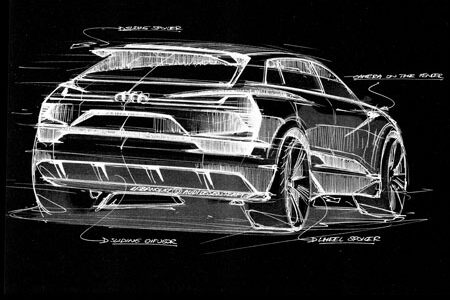Solar Impulse 2 left New York on Monday 20th June and landed in Seville, Spain on 23rd June at 7.30 am. The total flight time was 71 hours and 8 minutes and now means that the aircraft has crossed both the Pacific and Atlantic oceans.
Solar Impulse 2 is attempting the first renewably powered circumnavigation of the globe and is now nearing the end of its 35,000km journey. The trip started in July 2015 and will finish back at the starting point in Abu Dhabi. The immediate next steps are to negotiate a route back to Abu Dhabi via Egypt or Greece.
Solar Impulse 2 has a wingspan of 72m and weighs more than 2 tons. It is powered by more than 17000 solar cells and achieves an average speed of 75 km/h.
Just like the Bloodhound project, the Solar Impulse 2 team are providing an educational platform around their project, giving resources to schools and universities as well as providing opportunities for live hangouts with members of the team.











Recent Comments